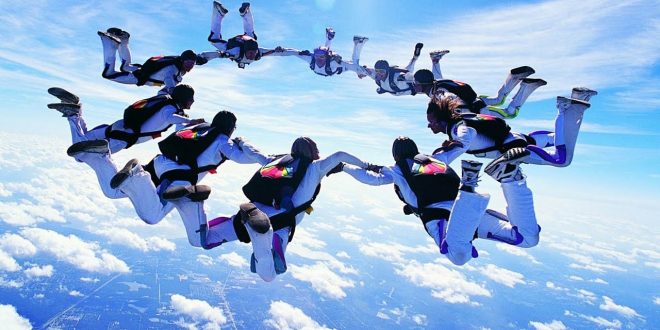The phenomenon of extreme sports has gained a large number of supporters in recent decades, and the hormone adrenaline is also responsible for spreading this adventurous entertainment because the actors are looking for a repetition of the same excitement and experience.
For many active people, summer is not summering if extreme water sports such as diving or surfing are not part of it. Also, winter is not wintering for them if they do not go out on snow and ski for at least a week. Again, for some, even all that is not enough, so during the year, in search of excitement, they change ambiances and extreme sports in order to satisfy their passion. Activities vary from diving and water skiing to cycling on inaccessible terrain, through parachuting or paragliding to climbing mountain cliffs and peaks or descending into caves deep in the ground. And the goal is always the same – to experience the excitement that will repeat the adrenaline rush.
But are you aware, and are we all really aware, of how dangerous these sports and entertainment can be? Extreme sports, no matter how harmless and fun it may seem, are a common cause of various types of injuries. If you do not feel ready to embark on an adventure of some of the numerous extreme sports, perhaps you can prepare the ‘ground’ for that by betting on some of its events on one any of the best mobile bookmakers reviewed at Bookmaker Expert.
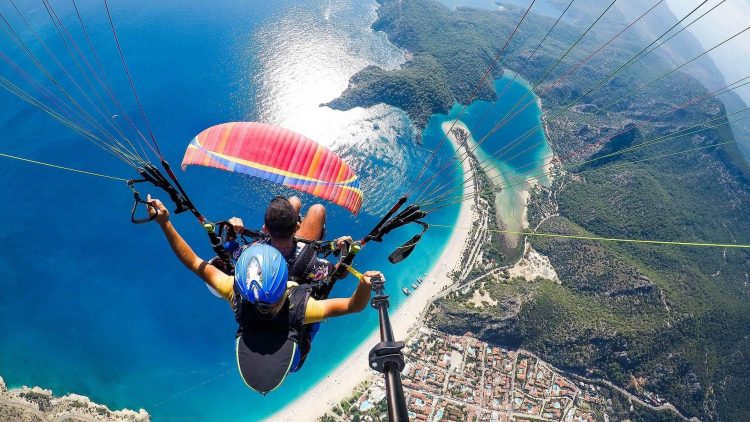
From the Depths of the Water to the Mountain Peaks, Excitement but Also Dangers Await Us
You can see fans of extreme sports everywhere – while diving in the water, performing dangerous acrobatics on a skateboard, or while flying towards the sky. All of the above speaks for itself about the potential dangers. Water is an indomitable force of nature that can cause great problems under the influence of bad weather. With adventurous activities on the ground, concrete, or in the mountains, every mistake can cause serious injuries, and it is probably not necessary to spend a lot of words on the dangers of falling while flying.
So let’s find out which risks are lurking with popular extreme sports and how to prevent or mitigate them in a responsible way.
Diving – Prepare Seriously Before Each Dive
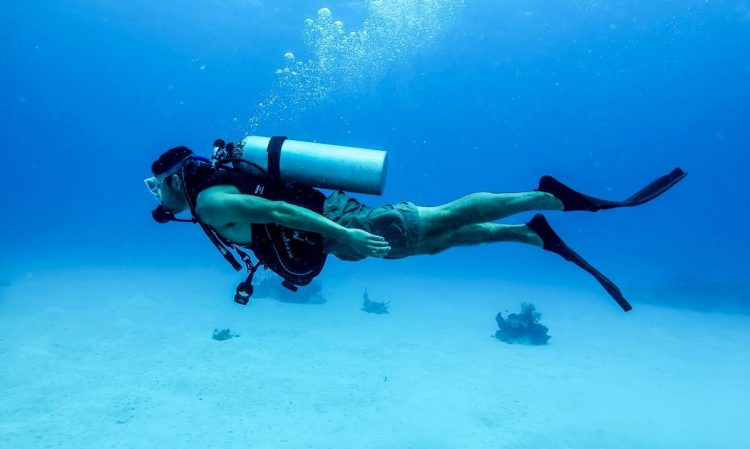
Diving is popular summer fun at sea but also one of the most dangerous extreme activities in the water, especially for beginners, because it requires psychophysical readiness and equipment in perfect condition. Rarely does anyone visit a doctor during summer vacation before diving and have an examination to determine whether he or she is medically fit for the activity or not.
Many amateurs go underwater for fun, and this often ends in various injuries because the underwater world hides a number of dangers – from fish with poisonous thorns, through strong underwater currents, decompression sickness during rapid ascent, to hypothermia of entering cold water. To avoid unnecessary risks, it is recommended that, along with serious preparations before diving, you should always dive in the company of experienced divers.
Water Skiing, Surfing, and Windsurfing Require Balance
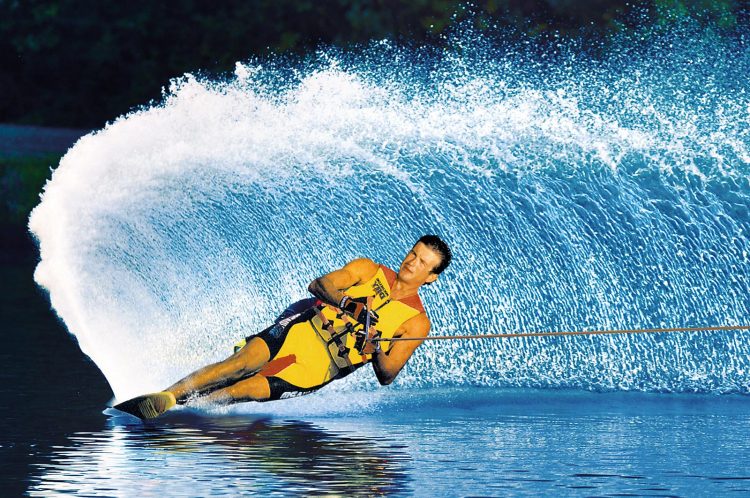
Extreme water sports are among the most popular pastimes during the summer. Water skiing brings strong enjoyment of high speeds and cutting waves, and it is this speed that leads to frequent falls leading to sprains, strains, or cuts.
When surfing, due to sudden gusts of wind, there can be awkward falls and blows to the head on sea rocks. This also goes for paddleboarding. For surfers on big waves, the risks are also numerous because the wave can draw them under the sea surface where rocks pose a threat. An awkward board flight can cause injuries when landing poorly. In warm waters, such as the Red Sea or the southern coast of Australia, surfers are also in danger from sharks, which often attack them because the surfboard reminds them of a turtle or some other prey.
The risks are numerous: injuries from collisions with other skiers, surfers, or boats, strong wind or storm, falls in the shallows, and even sunburn. Extra caution and the best possible training before going out on the water and waves are the best recommendations for all current and future surfers.
Rafting Rarely Goes Unharmed
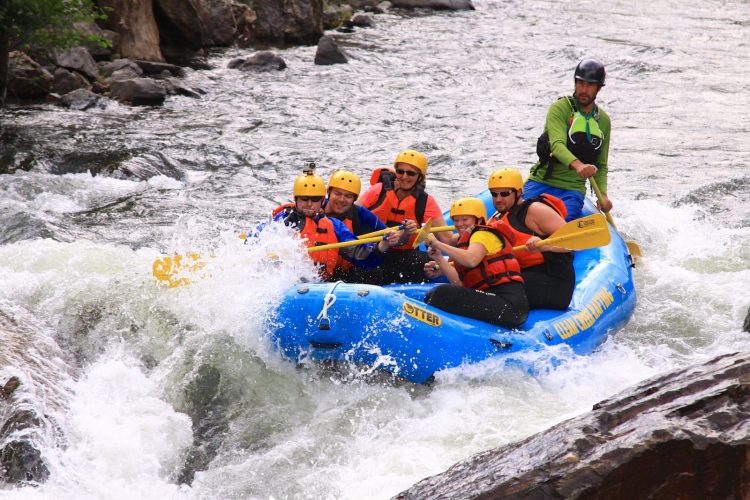
Rafting and whitewater rafting have been very popular activities on rivers for decades. However, serious incidents and injuries occur every year. Rafting on rapids with whirlpools and rocks protruding from the water brings a serious risk of overturning boats or falling out of them, falling and hitting rocks, which can lead to head or limb injuries, and drowning is known to occur almost every season.
To avoid these risks, it is essential to choose a registered rafting organizer with quality equipment and the guidance of a certified skipper whose instructions on acting you must follow during preparation, training, and, especially, when going down a wild river until you reach the shore. It is known that on such occasions, participants consume alcohol to a large extent which, in combination with high summer temperatures and all the risks that the river carries, can have a fatal outcome. It is important to be prepared and clear-headed.
With Hiking, Mountaineering, and Free Climbing, Comes Excellent Fitness

Unlike classic hiking, which is an ascent to lower altitudes and as such usually harmless and not too difficult to master because you move on trails, mountaineering is an extreme activity due to the far more difficult path that gets you to conquer the peaks. The most popular type of mountaineering is free climbing in which it is not allowed to use any equipment for advancement but only one’s own strength and technique, while free climbing equipment is used exclusively for insurance against falls.
In modern climbing, falls and injuries are a common, practically, unavoidable thing. It is normal for climbers to have injuries to their fingers and hands in the first two or three years and to tear a tendon here and there. In addition to falls, the great risk of climbing mountain peaks are landslides, altitude sickness, sunburn, and, in winter, there are avalanches.
Each type of climbing requires high physical and mental preparation and exercise. The recommendation of experienced climbers is to improve your climbing at simpler and lower heights and rocks. One of the basic rules for beginners is to never start climbing with their hands, but with their feet and whole body.
Cycling Also Has a Wild Side

Riding a bicycle or a quad bike on hilly and mountainous terrains, which are difficult to access and are uneven, with skipping dangerous cliffs and holes, sounds like a dangerous pastime, and it is. In addition to falls that can cause fractures and other injuries, driving off the trail in remote parts of the mountains carries the risk of encountering wild animals, especially bears or cougars.
An additional risk is that most people do not engage in these extreme sports regularly but embark on an adventure of this type during their vacation. Due to the high risk of injuries, caution and driving in a company are advised, while you must always have a first aid kit in your backpack.
Skiing and Snowboarding – Watch Out Which Ski Slopes You Choose

Skiing and snowboarding are the most popular winter activities of all generations when they spend their holidays in the mountains. Although this is a dynamic, exciting, and great sport, it carries great dangers and, most often, injuries, sprains, or fractures of legs or arms occur due to high speed, poor training, and equipment, as well as dangerous terrain.
Good training and choosing slops that suit your skiing skills are the first rule of responsible behavior towards yourself on the snow.
Skateboarding – Every Skater Had an Injury

This is such a dangerous extreme sport that every skater will immediately tell you that there is no way to become the master of skateboarding without breaking one or two bones. Anyone who has tried skateboarding knows that falls are inevitable and that injuries are almost a normal thing. The trouble is that very serious injuries can happen.
The main danger comes when trying to perform more complex moves and acrobatics, such as riding curbs or jumping over hurdles. The risk of skateboarding lies in the fact that this fun mostly attracts teenagers, who do not have the fear and awareness that falls in speed and from a certain height on a concrete surface can cause bone fractures and serious injuries.
Paragliding and Skydiving, and Their Risks
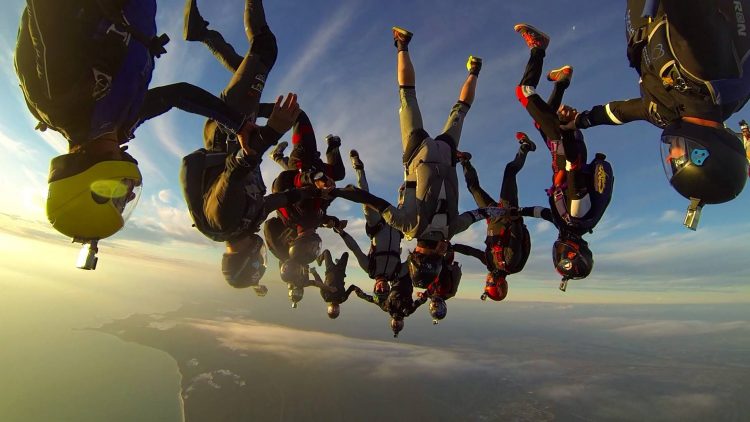
Extreme sports that take place in the air with a feeling of freedom, enjoyment, of flying cause an adrenaline and endorphin rush in the body of the person involved. Skydiving is a fully systematized and certified activity, which makes it very safe, no matter how strange it may sound. But paragliding, kite flying, free fall, or base jumping are extreme sports that carry great risks. The most important thing when paragliding, in addition to wind speed, air pressure, and visibility, is the attitude of the participant and his preparedness. The safest solution is to fly in tandem with an experienced instructor.
In the event of a collapse or free fall that is abruptly interrupted by the contact of the water surface, the strength of the ropes, or parachute, the risks can be great. Injuries from falls are numerous – from sprains and fractures to cuts and tears of the skin, and even the most undesirable outcomes are not uncommon, especially due to sudden changes in weather, storms, and gusts of wind or lightning.
 Hi Boox Popular Magazine 2024
Hi Boox Popular Magazine 2024
